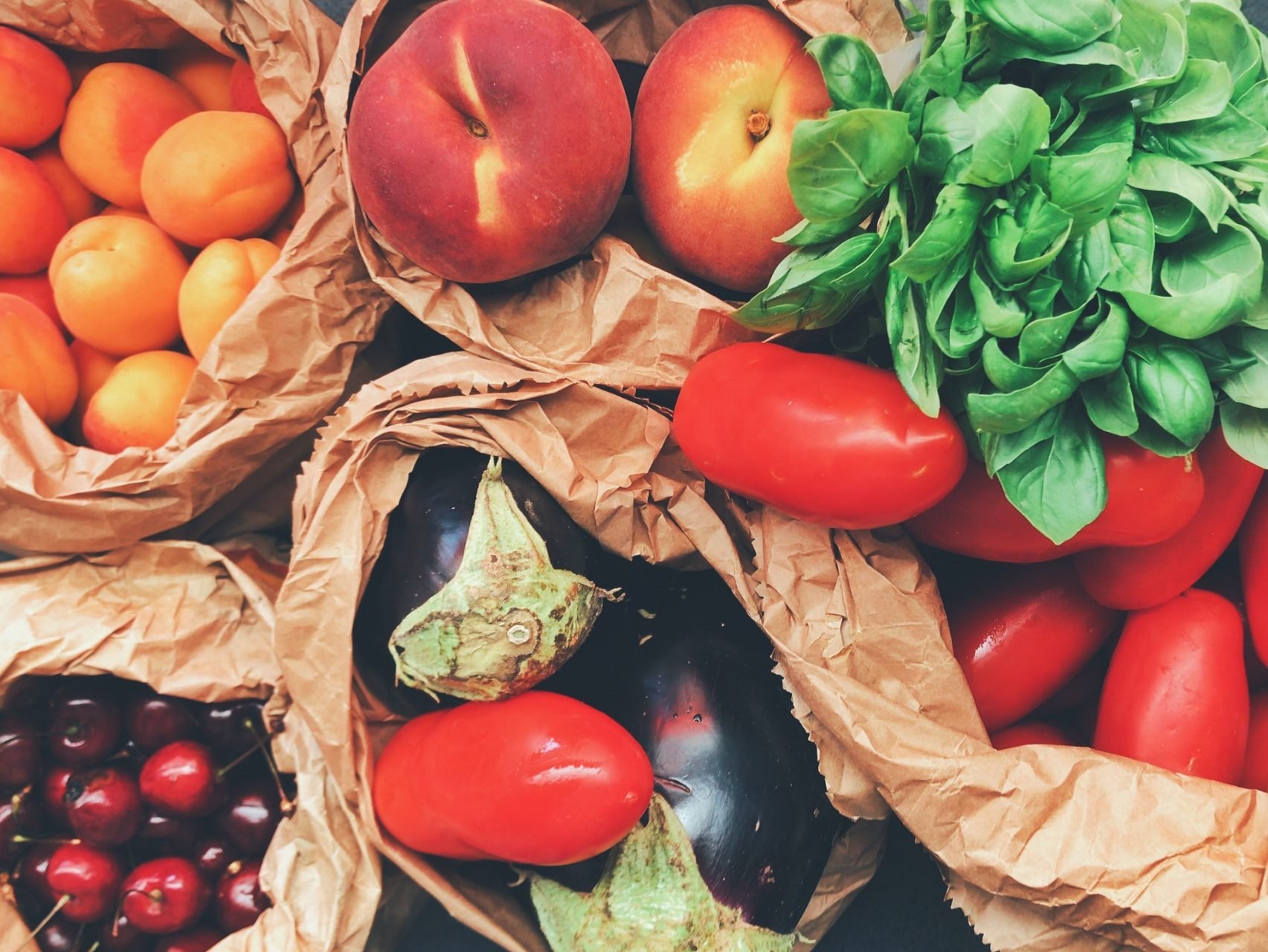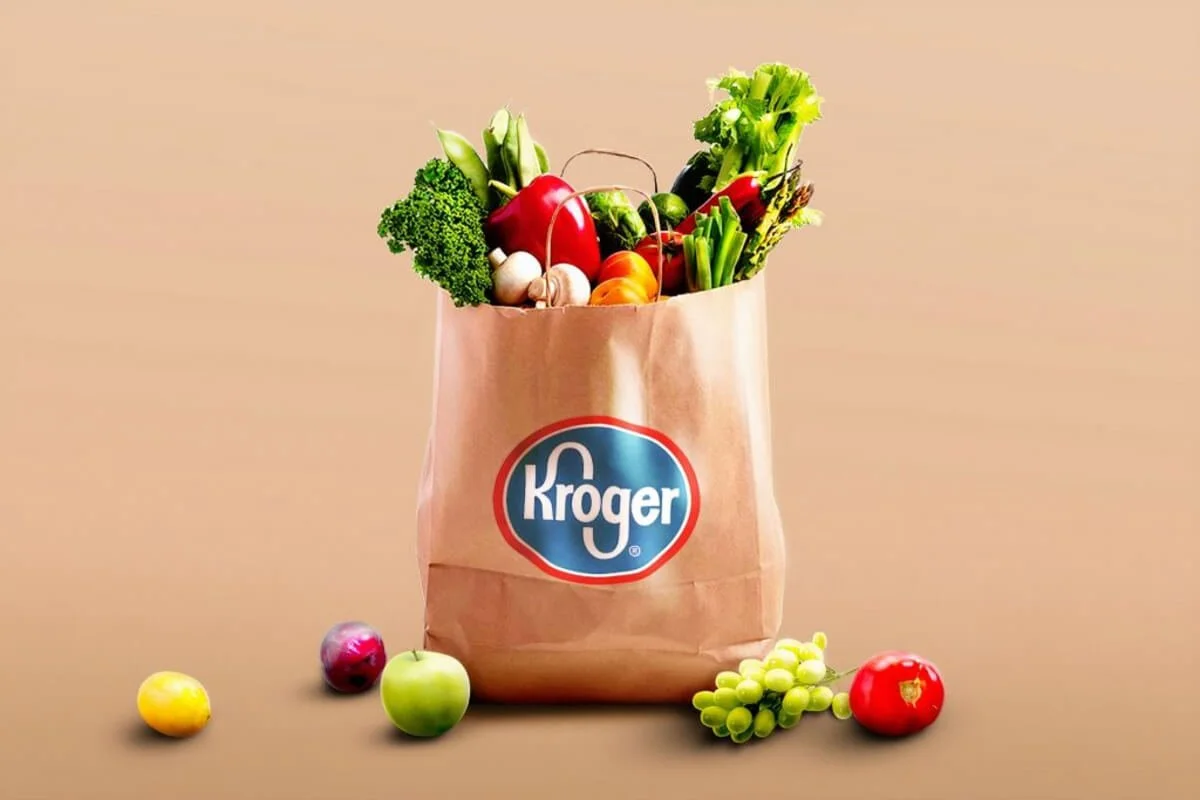Ways to Reduce Food Wastage When Cooking at Home
Discover > Texas Mom Blog > Ways to Reduce Food Wastage When Cooking at Home
The pandemic is teaching us a lot more than just keeping distance. It is teaching most of us to tighten our budgets and look for cost effective ways to run our homes. Cooking and eating at home on most days, people are having a moment to reflect on the amount of food waste that is accumulated daily. Reducing kitchen waste doesn't come easily. There is a lot of planning and intention required along with mindful actions towards limiting wastage. Maximizing usefulness of food, we once tossed away without a thought is another aspect that requires practice.
Zero Waste Concept
With three little children, the term 'zero waste', though inspiring, was also quite stressful. For the sake of my sanity, I have resolved to limit and reuse as much food and kitchen resources as I can without driving myself mad trying to do it all at once.
Ways to Reduce Wastage When Cooking at Home
Record Your Current Wastage Levels
This is something like a ‘before and after’ comparison. Discard all your food scraps, food gone bad, leftovers etc., into one container. This will give you an idea of your daily food wastage and a baseline to compare with in the future.
Be Mindful of What You Buy
Be intentional about your shopping trips. Plan ahead for meals and make notes about what you will be needing throughout the week. What kind of meals are on the plan, how many people have to be fed, how much leftover would you like etc.?
Before you leave for the store, check what you already have and stick to the curated list to avoid buying unnecessary items. Only buy in bulk if you have enough storage and are sure you can put it to use before it goes bad.
Look for Ways to Use All the Food That You Buy
Do you really need to peel that fruit? Except some of them, most fruits and vegetables can be eaten with the skin on. The skin of carrots, apples, potatoes etc., give us a good dose of fiber. Discarding it, is like dumping something that is actually good for you into the trash. If you do need to peel, you can always store the trimmings to make a stock or a broth.
Keep Food Fresh
One way to avoid food from going bad, is to store it properly so it stays fresh for as long as you can. Preserving it well also saves the food from losing its nutrients and keeps it tasting the way it is supposed to. Check your fridge and freezer for the following:
Fridge
Keep the fridge temperature between 37 to 38-degree Fahrenheit. Make sure the seals on the doors of the fridge are secure.
Avoid keeping steamy hot food into the fridge so the fridge doesn’t have to work over its capacity.
Storing food in sealed containers keeps it fresh for longer.
Wrap vegetables in paper or cloth towels to absorb moisture. Replace the towels at least once a week.
Label leftovers and keep them towards the front ends of the fridge so you can remember to use them first
Freezer
The optimal temperature for the freezer is -0.4 degrees Fahrenheit. Check the stat to maintain this temperature.
Always cover any food stored in the freezer in containers or reusable bags to prevent contamination and freezer burn.
Label food containers with the date and the name of the food inside. This way you would only defreeze what is required.
Pantry
Airtight containers are best for storing dreams, flour, rice (how long does rice last?), sugar etc.
Your pantry should be dry and cool away from direct heat sources.
Once opened, pantry food items like jam, sauces, long life milk go into the fridge.
Once a month, leave the doors of your pantry open to allow any odd smells to escape.
Check and clear out your pantry items every two weeks to optimize food usage.
While these are the general rules for reducing food wastage, there are some creative ideas that I have picked up along the way to use bits of food that would otherwise go into the bin. Read on to know how you can make the most of food scraps.
Nut Pulp
For nut or seed milk makers, seeing all that pulp go to waste can be quite disheartening. With a little thought, this pulp can be put to use making vegan cheese or other recipes.
Use Vegetable Scraps
You will be surprised at how flavorful broccoli stems, carrot tops, beet and turnip greens can be! Save all the remnants from your salad prep and use them to add taste and layers to your soups, stews, or broths. Garlic ends, mushroom stems and zucchini ends can also go into your ‘broth bag’, as I like to call it.
Lemon, Orange and Lime Rinds
Citrus rind is packed with vitamin C and antioxidants. There's a lot that you can do with lemon and orange zests, like a refreshing homemade body scrub.
Seeds as Snacks
Instead of buying watermelon, squash and pumpkin seeds (how long do pumpkin seeds last?), save them from the fruits you eat. To prep seeds (how long do seeds last?), all you have to do is rinse, drain, dry and roast them with a sprinkle of salt. Works as a wonderful alternative and reduces so much throw away.
Animal Bones for Broth
Just like vegetable peels, bones from chicken, fish and lamb can be added to make hearty stews and soups.
The Art of Preservation
Learn food preservation techniques like fermenting, canning, dehydrating to make your foods last as long as a year! Homemade pickles are a great way to use extra vegetables before they go bad.
Compost to the Rescue
Even with the best efforts, this is bound to happen. When food spoils before you're able to put it to use, compost it. A compost bin for all your food scraps is a very resourceful way of using them.
Attempting to reduce food waste does seem overwhelming initially, especially if you have little children and it feels like the waste never stops coming! But as cliché as it may sound, every little effort does count and at the end of the day, you are bound to see a difference on our health, our budgets and the environment. And there is no better time than today!






